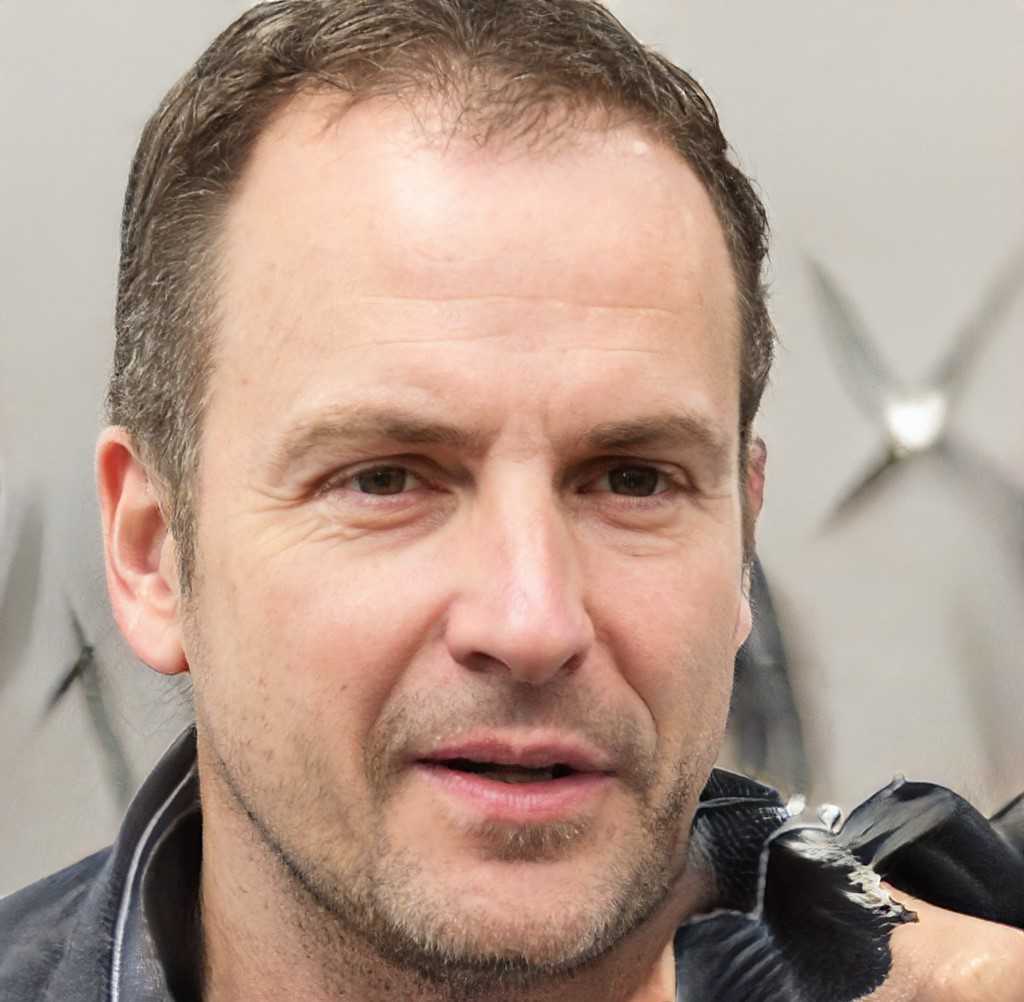5673580647: More Than Just a Number
Don’t let the length or structure of 5673580647 fool you. At first glance, it’s a 10digit number that comfortably fits formats like phone numbers or account IDs. In areas like data science, telecommunications, and even marketing, numbers like this aren’t random. They’re tools.
What makes such numbers useful isn’t the digits themselves, it’s how they’re contextualized. For instance:
In telecommunications, 5673580647 might be assigned to a device or endpoint. In finance, it could be a transaction reference or temporary login code. In marketing, such a number might be anonymized user data used for analysis.
Even in cybersecurity circles, strings like 5673580647 commonly appear in log files when tracking unusual login attempts or behaviors.
Breaking It Down Digit by Digit
Humans are patternspotters. We try to find meaning in randomness—and while numbers like this look arbitrary, they might reveal useful patterns when processed correctly.
Let’s break it: 567 suggests a simple numerical progression. 358 includes two Fibonacci numbers. 0647 might hint at military time: 6:47 AM.
Is that intentional? Probably not. But it shows how many perspectives you can take when interpreting something as basic as a 10digit number.
Further, if you were to run 5673580647 through a hashing algorithm or plug it into a formula, it might transform into something entirely different—like an encryption key, a geolocation coordinate, or a seed for random value generation.
Why You Should Care About Numbers Like 5673580647
We’re surrounded by data. And in this ocean of digital noise, numbers like 5673580647 can represent access, identity, or insight. Think about it:
Businesses often track customer activity across 10digit user IDs. App developers use sequences like this to trace bugs in app telemetry. Investigators or data analysts might uncover fraud patterns connected to such number clusters.
The bigger picture? Even what seems mundane might be the key to something actionable.
From Digits to Communication
Phone numbers (especially 10digit ones) carry realworld functionality. If formatted as such, 5673580647 could link people together—calls, texts, WhatsApp messages, you name it. When integrated into CRM systems, this number might tie into full customer profiles complete with personal history, behavior, and triggers.
That’s the operational power of something that looks irrelevant at first glance.
The Obsession With Unique Identifiers
In business and tech, uniqueness is sacred. Duplicates cause errors, clashes, even data loss. That’s where numbers like 5673580647 shine. They’re long enough to maintain uniqueness across large datasets but short enough to store, transmit, and recall easily.
Quick quiz—what’s easier to remember or reference: a UUID like a10e3f7068734e1694a0f3e03b03e3a7, or 5673580647?
Exactly. Simpler strings mean faster human parsing—plus they integrate well into any database.
Using 5673580647 in the Real World
So how might you actually see this number in the wild?
Telecomm Systems: A SIM card’s service number. Support Tickets: Fast lookup in helpdesk tools. Log Files: As part of a timestamp or session ID. API Payloads: Quick identifiers in JSON structures.
These aren’t fiction. These scenarios happen every day. Tech teams comb through logs using digits like 5673580647 to trace clientside issues or server behavior.
Modeling Numbers for Testing
When designing systems, you need test cases. Numbers like these can be used in QA to simulate:
User data without risking real info. Input validation testing across formats (e.g., U.S. phone numbers). Retry loops and loops that rely on numeric symmetry or chaos.
5673580647 fits neatly into all of the above. It’s generalpurpose, nonsensitive, and consistent.
Bottom Line
Numbers aren’t just placeholders. Especially not ones like 5673580647. In digital contexts, they’re tools—used everywhere from code environments to external user experiences. What’s essential isn’t always flashy. Sometimes it’s just 10 digits behaving exactly how they should.

